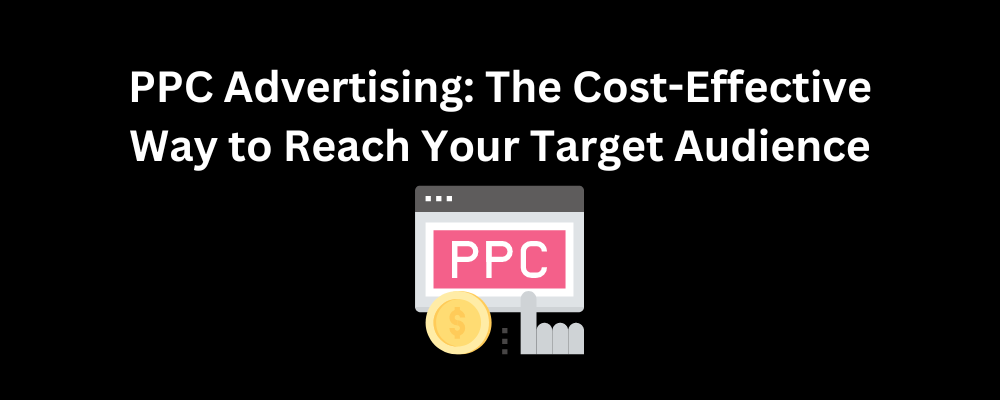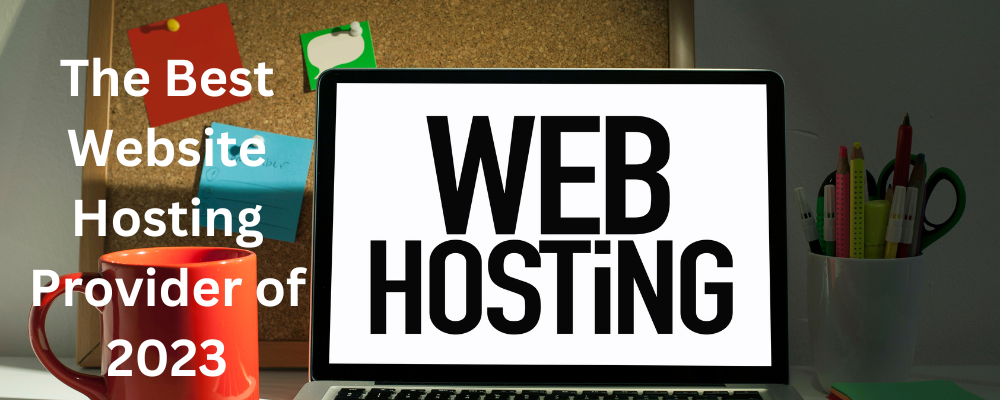Are you looking to increase your online visibility and drive more traffic to your website? One effective way to do so is through pay-per-click (PPC) advertising.
PPC advertising is a form of online advertising where advertisers pay a fee each time one of their ads is clicked. This means that businesses only pay when a potential customer actively engages with their ad, rather than simply being shown the ad.
PPC advertising can be implemented through platforms such as Google AdWords, Bing Ads, and social media advertising. In these platforms, businesses can create and publish ads that are targeted to specific keywords and demographics. When a user searches for one of these keywords, the business’s ad has the opportunity to appear at the top of the search results page.
Overall, PPC advertising allows businesses to reach specific audiences and track the success of their advertising efforts. In the following sections, we will dive deeper into the benefits of PPC advertising and how to set up a successful campaign.
The benefits of PPC advertising
PPC advertising offers several benefits for businesses looking to increase their online presence and drive more traffic to their website. Here are just a few:
Targeted Advertising to Specific Audiences
One of the key advantages of PPC advertising is the ability to target specific audiences. When setting up a PPC campaign, businesses can choose the keywords and demographics they want their ads to be shown to. This means that businesses can reach potential customers who are actively searching for the products or services they offer. PPC advertising also allows businesses to target specific geographic locations, ensuring that their ads are only being shown to relevant audiences.
Ability to Track and Measure Results
Another benefit of PPC advertising is the ability to track and measure the success of campaigns. Most PPC platforms provide detailed analytics and tracking tools, allowing businesses to see how many clicks their ads are receiving, the conversion rates of those clicks, and the overall cost per acquisition. This data can help businesses optimize their campaigns and make informed decisions about their advertising efforts.
Ability to Control Budget and Bid Amounts
PPC advertising also gives businesses control over their budget and bid amounts. With PPC, businesses can set a daily or monthly budget for their campaigns and adjust their bid amounts based on their desired ad placement. This allows businesses to stay within their advertising budget and make sure they are getting the most value for their money.
Overall, PPC advertising offers a cost-effective way for businesses to reach specific audiences and track the success of their campaigns. By utilizing the targeting and measurement capabilities of PPC, businesses can increase their online visibility and drive more traffic to their website.
Setting up a PPC campaign
Setting up a PPC campaign can seem intimidating at first, but with a little planning and strategy, it can be a valuable addition to any business’s marketing efforts. Here are some key steps to take when setting up a PPC campaign:
Choosing the Right Platform
There are several platforms available for PPC advertising, including Google AdWords, Bing Ads, and social media advertising. Each platform has its own set of features and targeting options, so it’s important to choose the one that best fits your business’s needs. For example, if your business is primarily targeting a local audience, it may make sense to use Google AdWords, as it allows for local targeting and has the largest reach.
Keyword Research and Selection
One of the most important steps in setting up a PPC campaign is conducting keyword research and selecting the right keywords for your ads. Keywords are the terms that users type into search engines when looking for products or services, and choosing the right ones can make a big difference in the success of your campaign. To find the best keywords, consider using a keyword research tool, such as the Google Keyword Planner, and consider the relevance and competitiveness of each keyword.
Writing Effective Ad Copy
Once you’ve chosen your keywords, it’s time to create your ad copy. This is the text that will appear in your ad and should be attention-grabbing and informative. When writing ad copy, consider including a call to action, such as “Sign up now” or “Learn more,” and make sure to highlight the unique features or benefits of your product or service.
Setting Budget and Bid Amounts
The final step in setting up a PPC campaign is setting your budget and bid amounts. Your budget is the amount of money you are willing to spend on your campaign each day or month, and your bid amount is the amount you are willing to pay each time someone clicks on your ad. It’s important to set these amounts carefully, as going over budget or bidding too high can quickly eat into your advertising budget.
Overall, setting up a PPC campaign requires careful planning and strategy. By choosing the right platform, conducting keyword research, writing effective ad copy, and setting budget and bid amounts, businesses can effectively reach their target audiences and track the success of their campaigns.
Tips for success with PPC advertising
PPC advertising can be a powerful tool for driving traffic to your website and increasing online visibility, but it takes more than just setting up a campaign to see success. Here are a few tips for maximizing the effectiveness of your PPC campaigns:
Regularly Monitoring and Adjusting Campaigns
One of the keys to success with PPC advertising is regularly monitoring and adjusting your campaigns. This means checking in on your analytics and tracking tools to see how your ads are performing and making any necessary changes. For example, if you notice that certain keywords are not converting well, you may want to adjust your bid amounts or add negative keywords to narrow your target audience. Regularly monitoring and adjusting your campaigns can help you get the most out of your PPC efforts.
Using Negative Keywords to Narrow Target Audience
Negative keywords are terms that you don’t want your ads to show up for when users search for them. For example, if you are a clothing retailer, you might use “free” as a negative keyword to ensure that your ads don’t show up when users search for “free clothing.” Using negative keywords can help narrow your target audience and ensure that your ads are only being shown to relevant users.
Testing Different Ad Copy and Landing Pages
Another tip for success with PPC advertising is testing different ad copy and landing pages. This means creating multiple versions of your ads and landing pages and seeing which ones perform the best. This can be done through A/B testing, which involves showing different versions of your ad or landing page to different users and seeing which one performs better. By testing different ad copy and landing pages, you can optimize your campaigns and improve your conversion rates.
Utilizing Tools Such as Conversion Tracking and A/B Testing
Finally, it’s important to utilize tools such as conversion tracking and A/B testing to get the most out of your PPC campaigns. Conversion tracking allows you to see which ads are leading to conversions (such as sales or sign-ups), while A/B testing allows you to compare the performance of different versions of your ads and landing pages. These tools can help you fine-tune your campaigns and get the best results possible.
Overall, success with PPC advertising requires regular monitoring and adjustment, the use of negative keywords, testing different ad copy and landing pages, and utilizing tools such as conversion tracking and A/B testing. By following these tips, businesses can effectively reach their target audiences and drive more traffic to their website.
Conclusion:
In conclusion, PPC advertising can be a valuable tool for businesses looking to increase their online visibility and drive more traffic to their website. With the ability to target specific audiences, track and measure results, and control budget and bid amounts, PPC offers a cost-effective way to reach potential customers and track the success of advertising efforts.
By setting up a campaign, regularly monitoring and adjusting it, using negative keywords, testing different ad copy and landing pages, and utilizing tools such as conversion tracking and A/B testing, businesses can effectively reach their target audiences and drive more traffic to their website. If you’re looking to increase your online presence and reach potential customers, consider incorporating PPC advertising into your marketing strategy.





